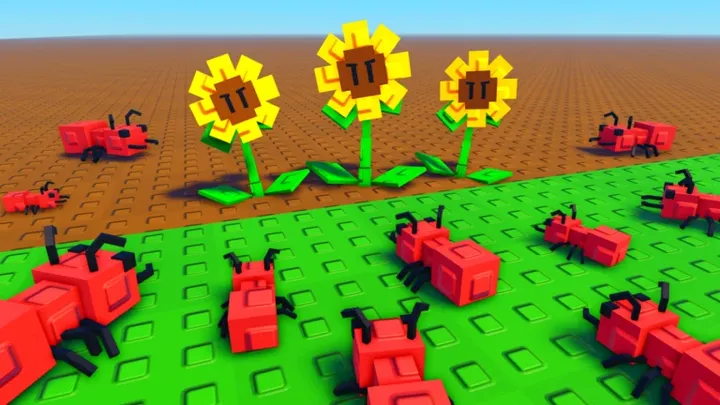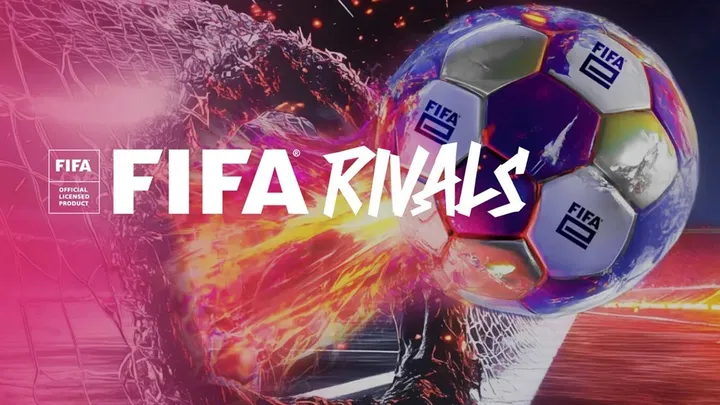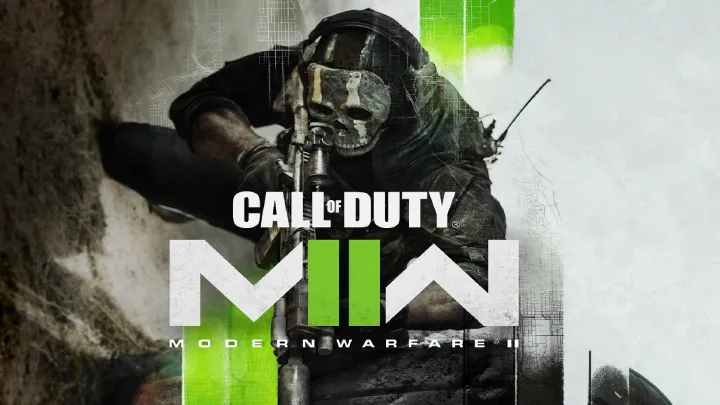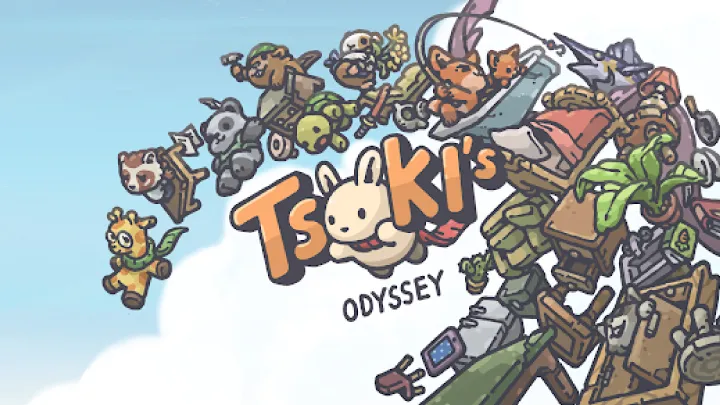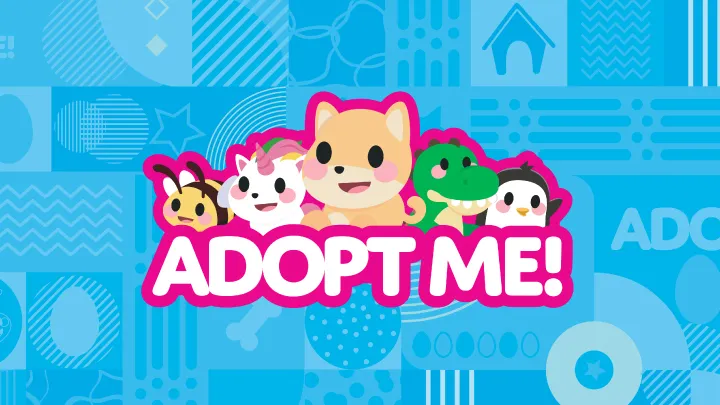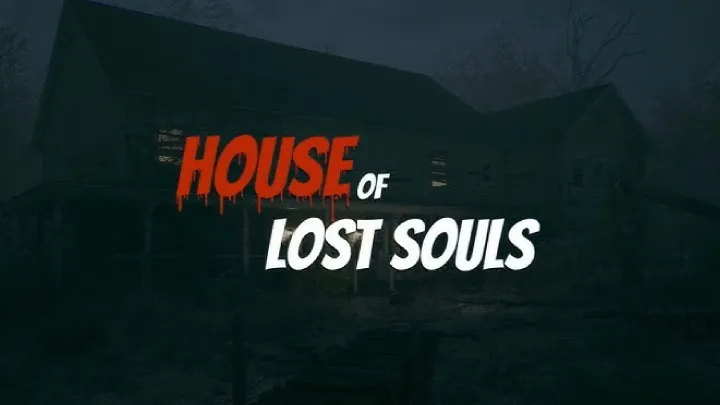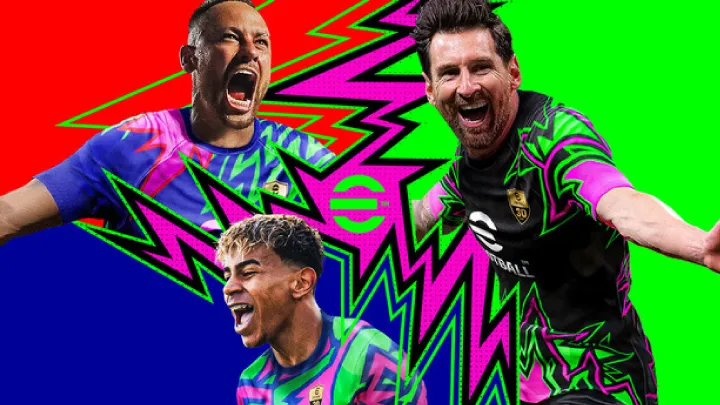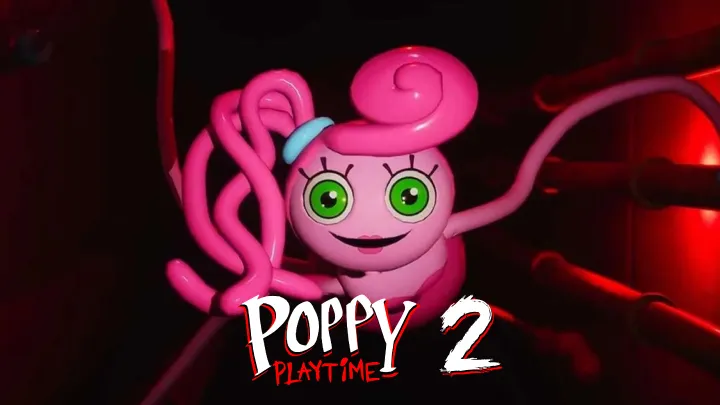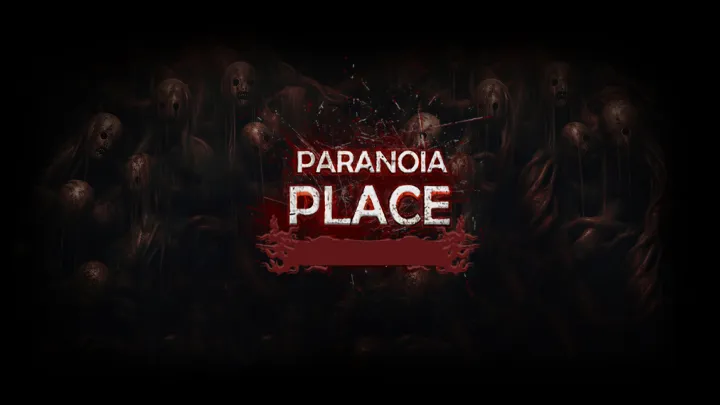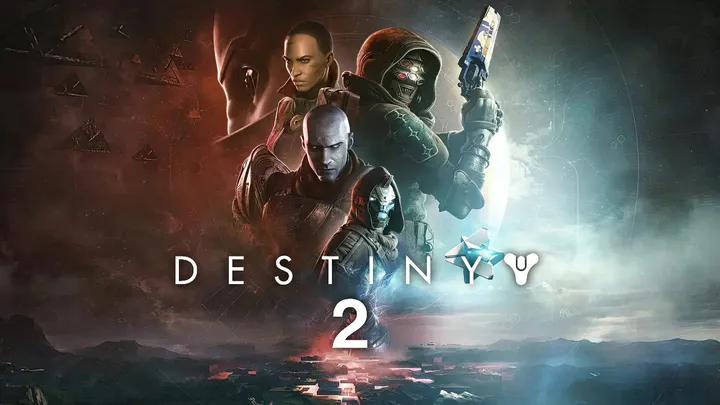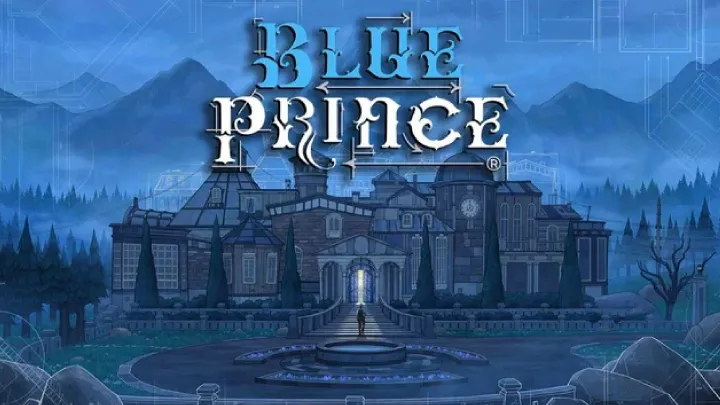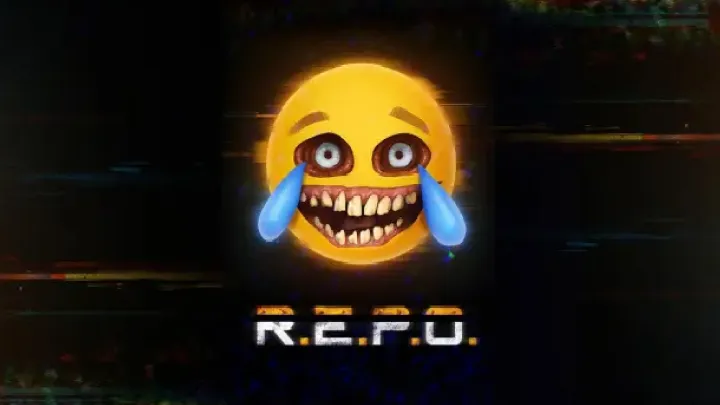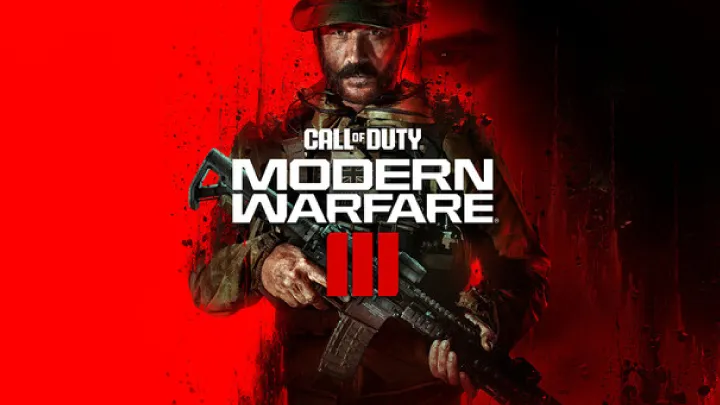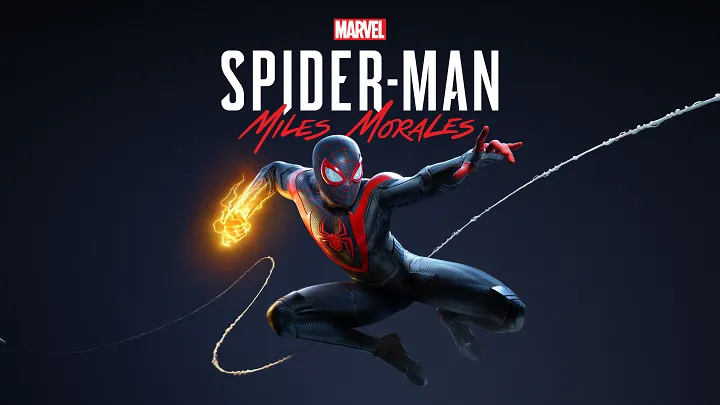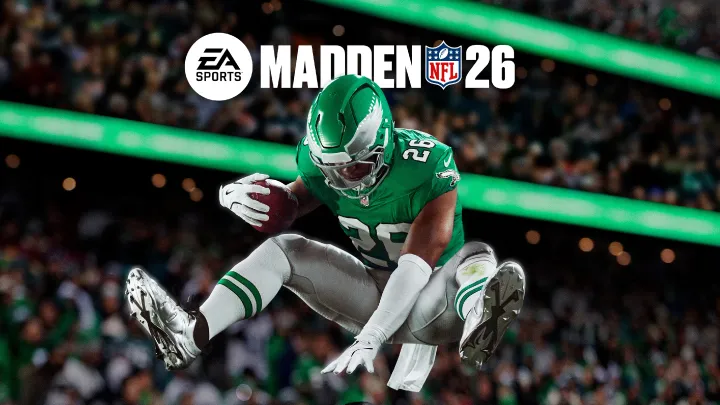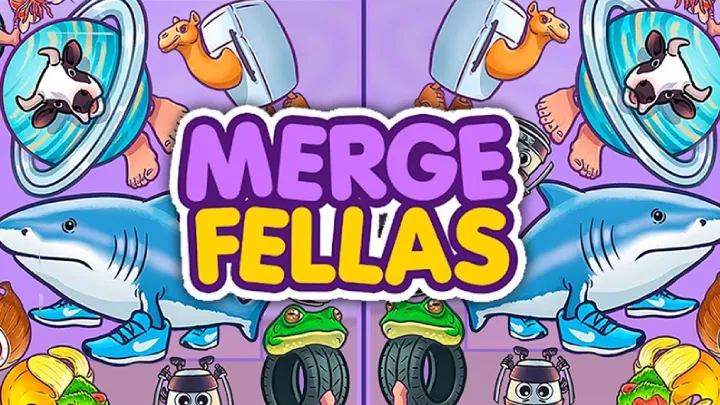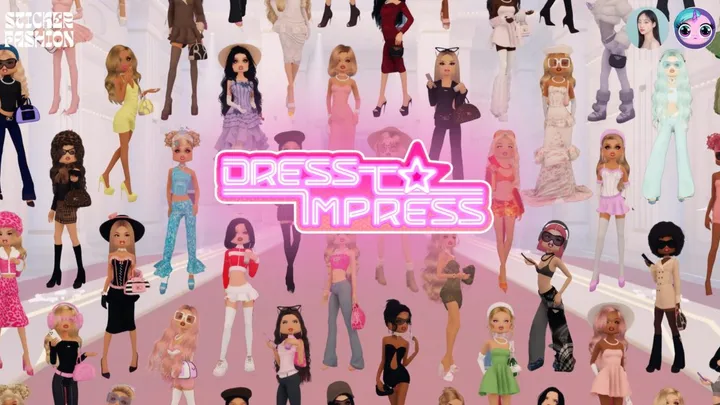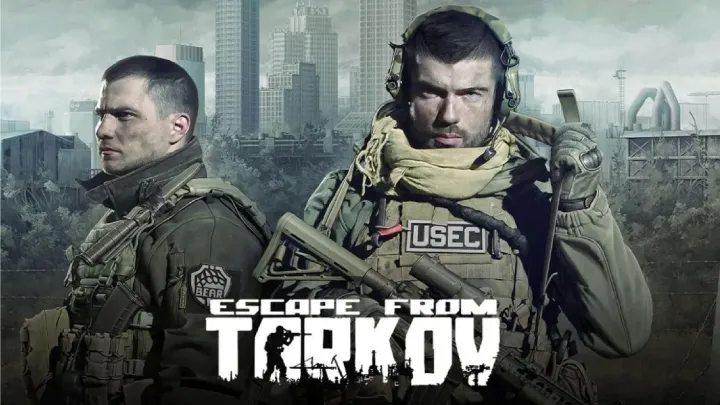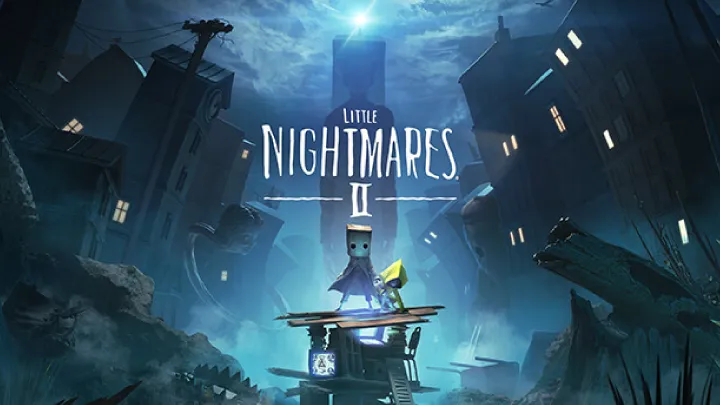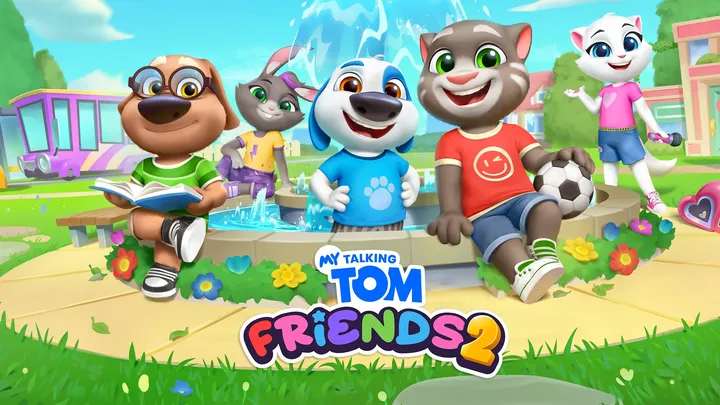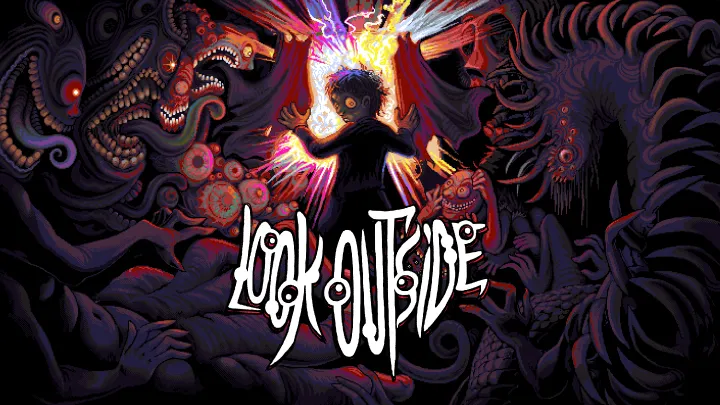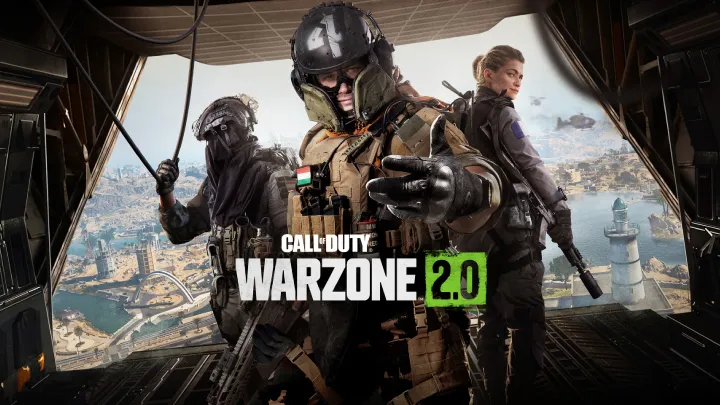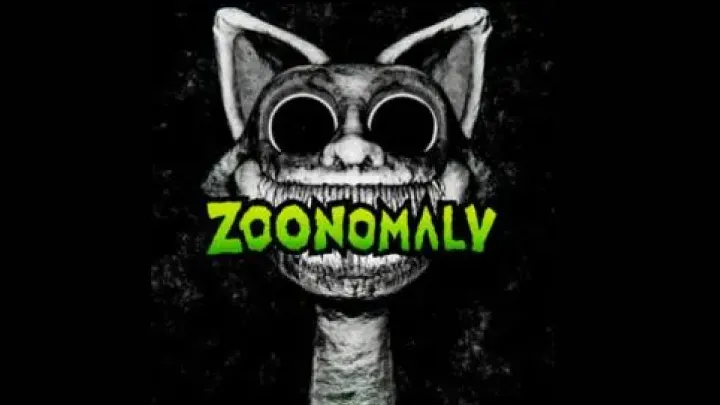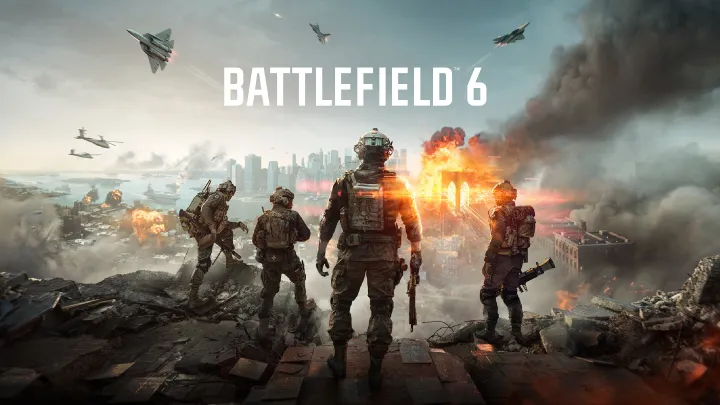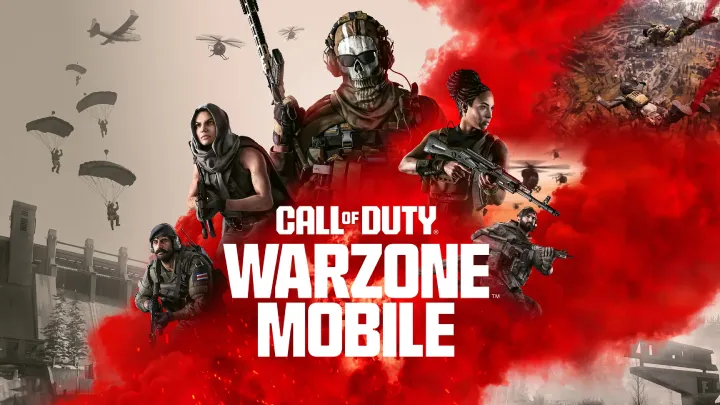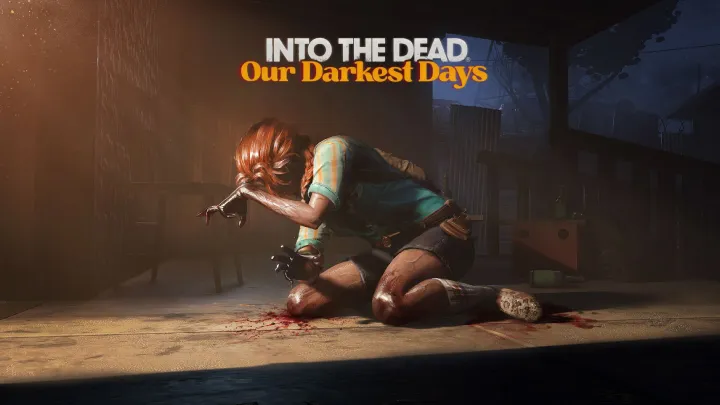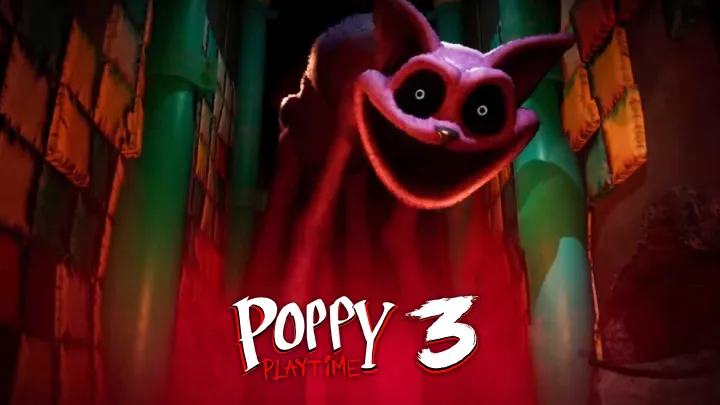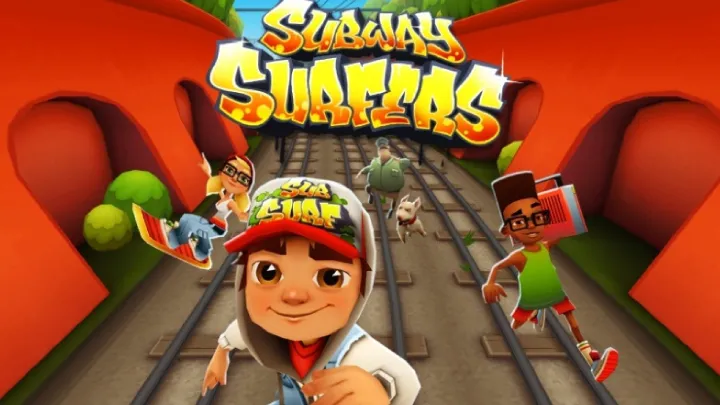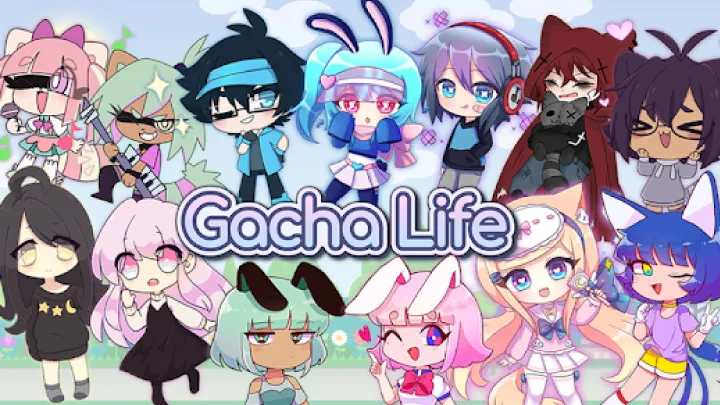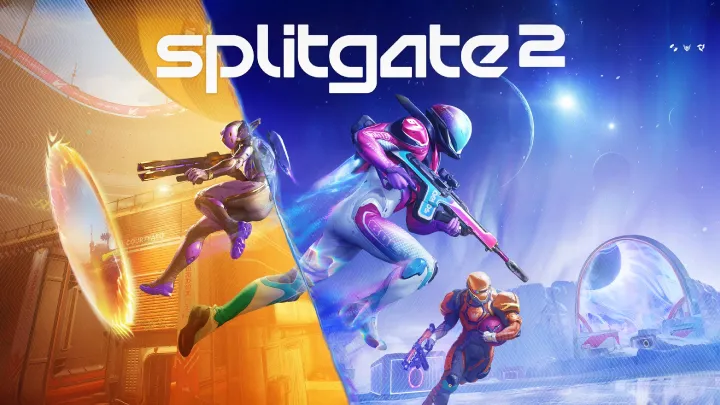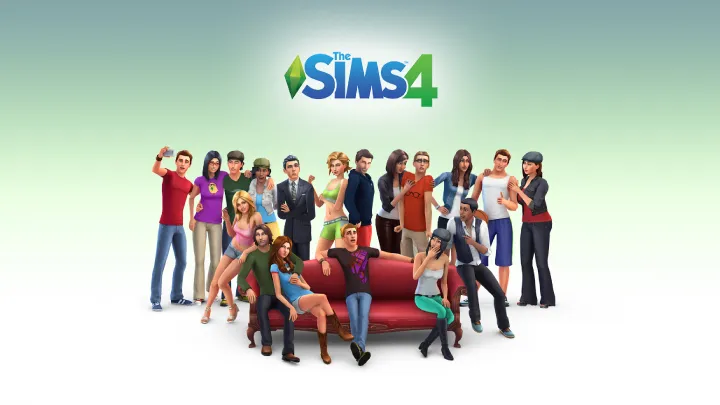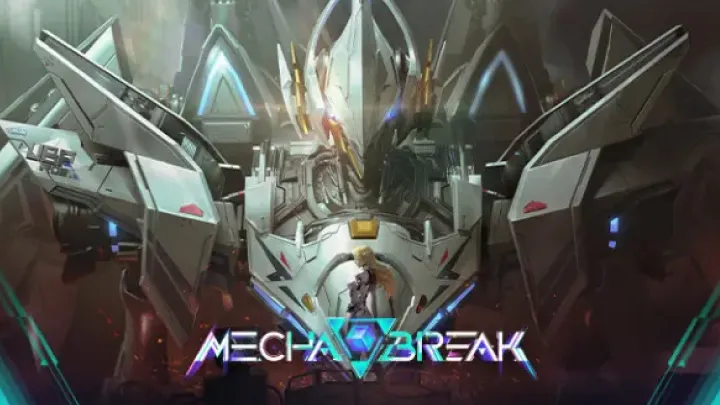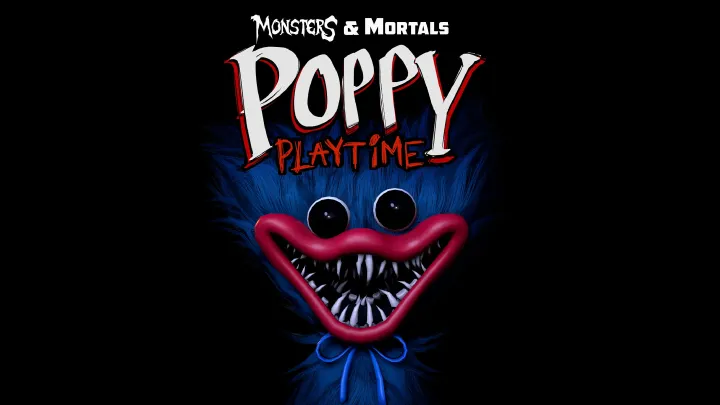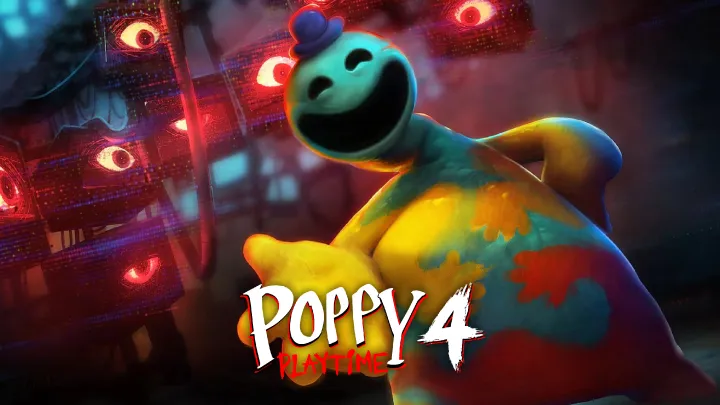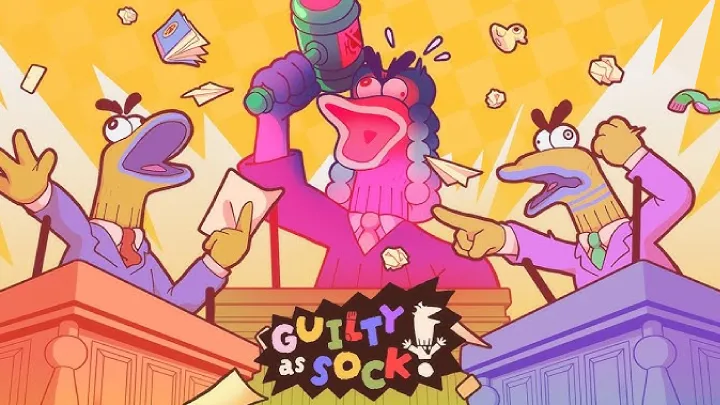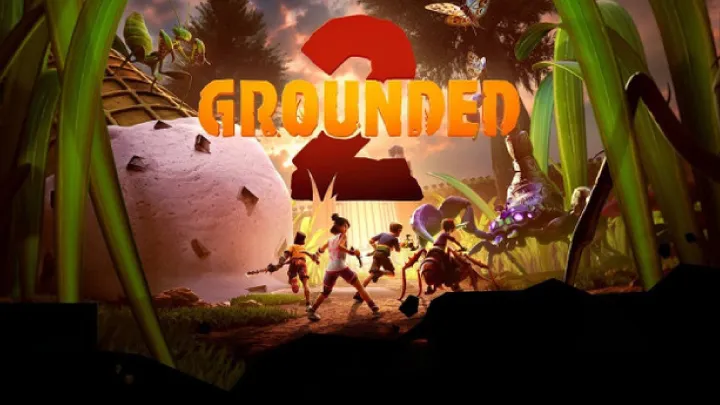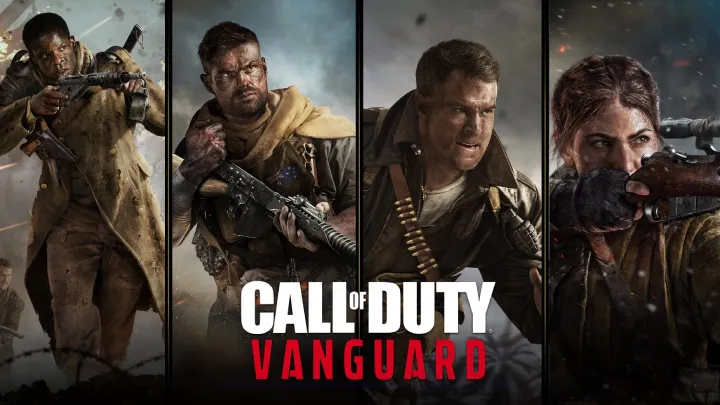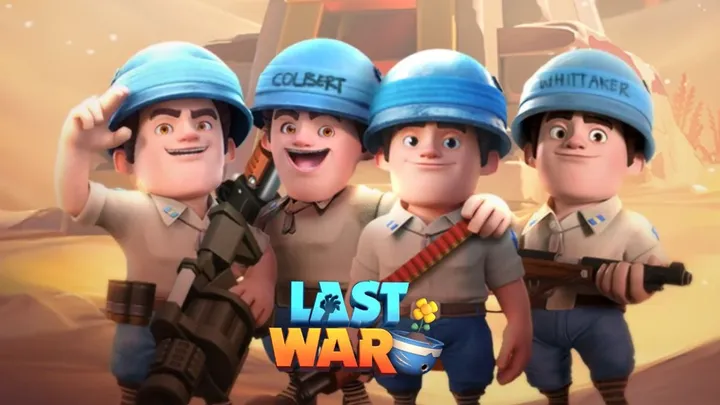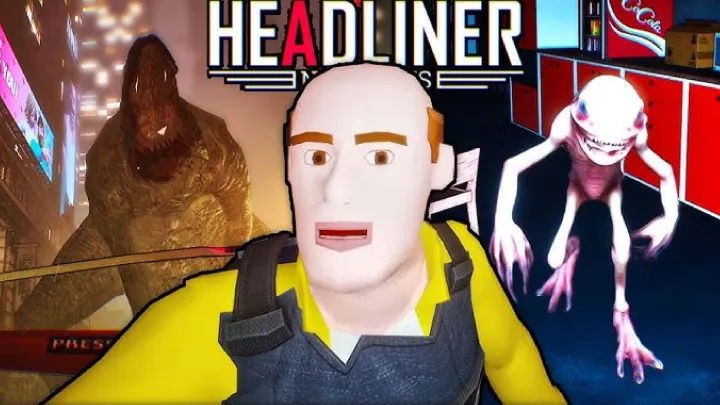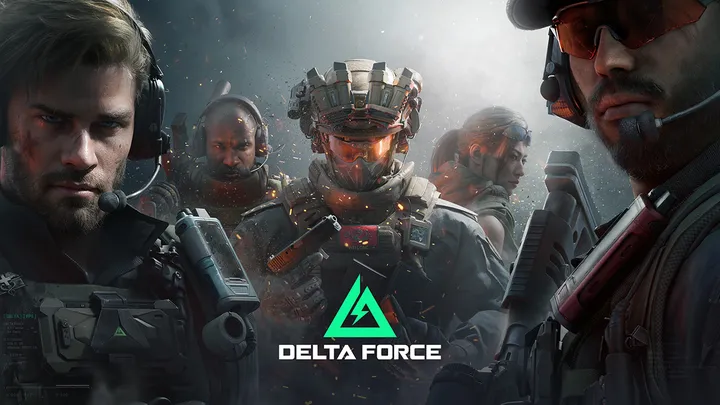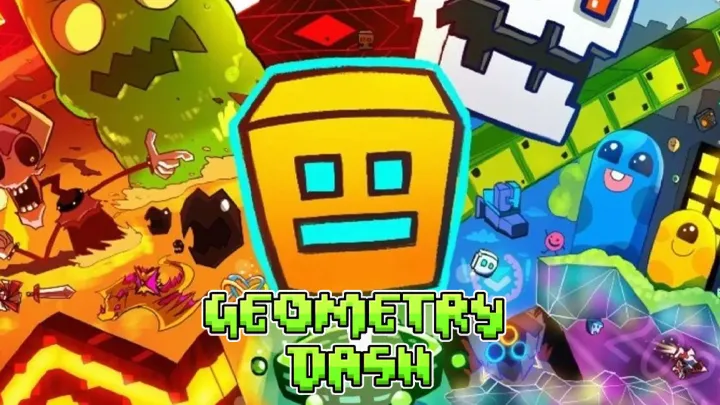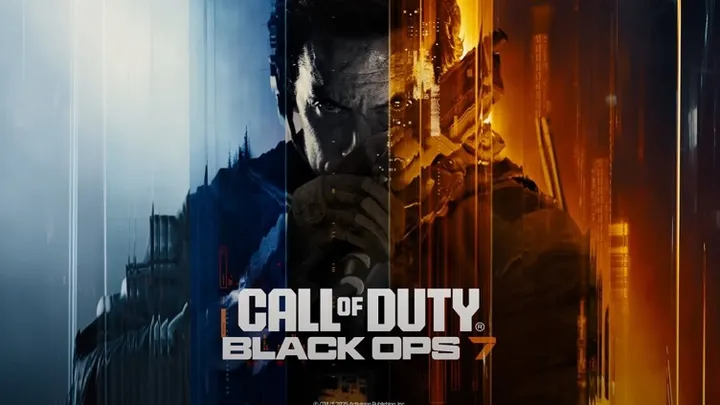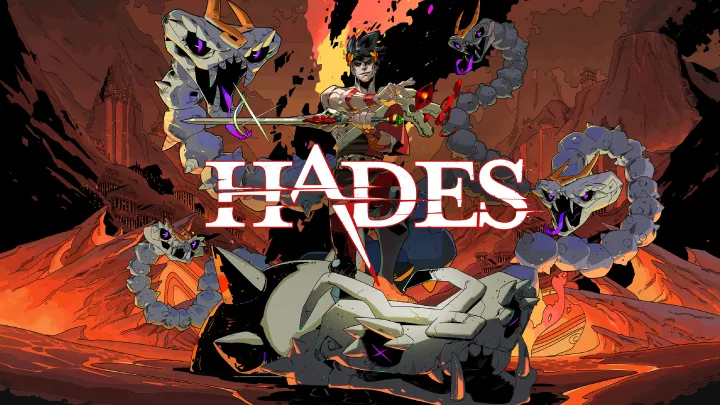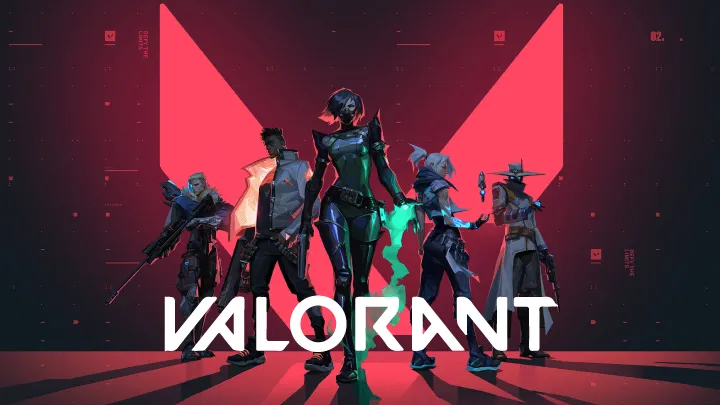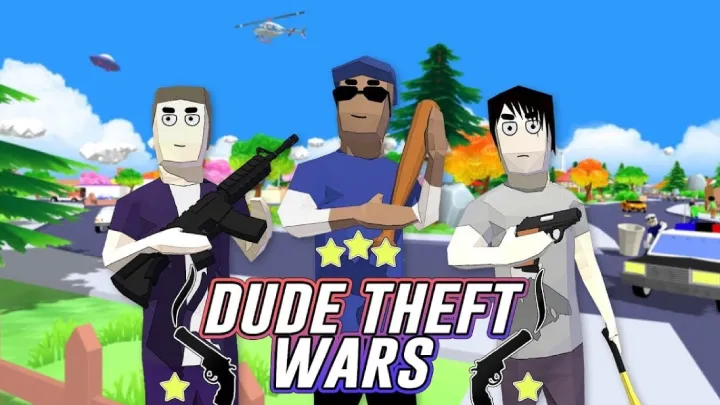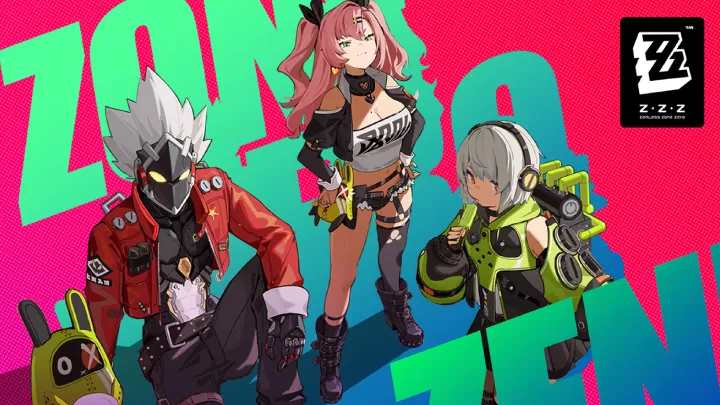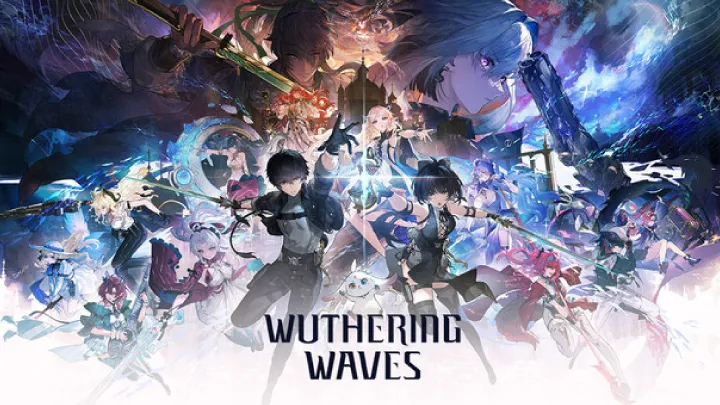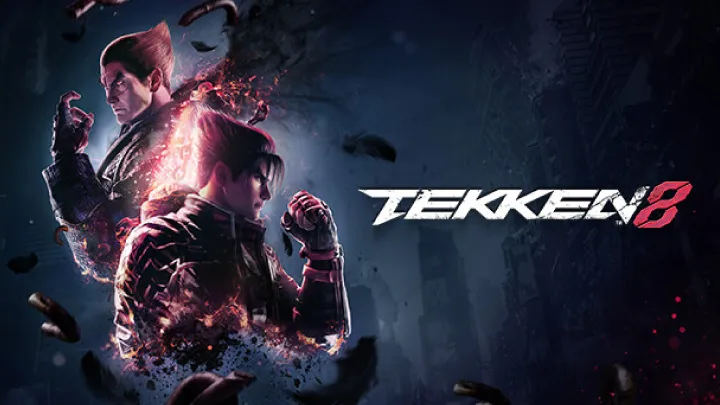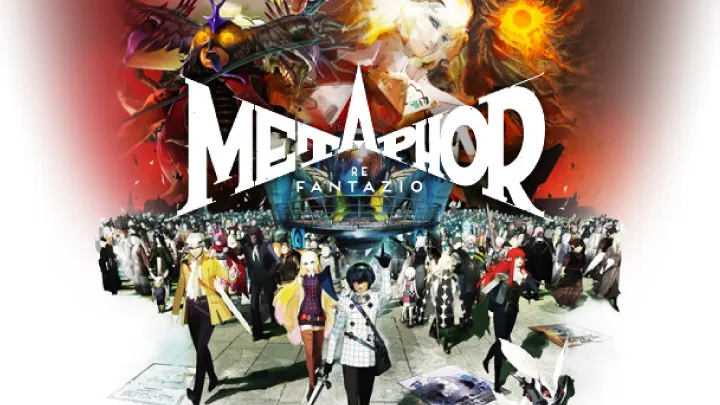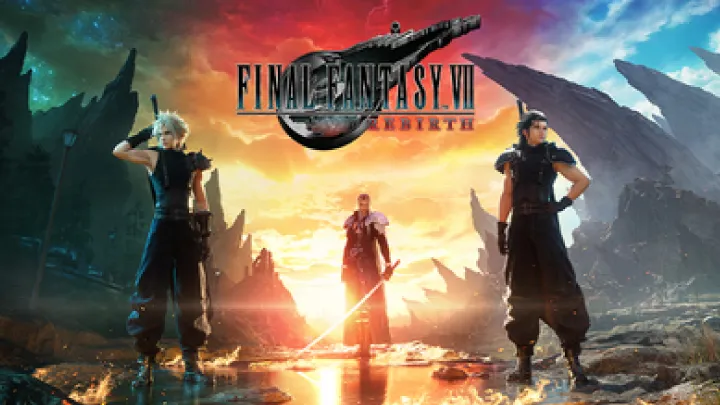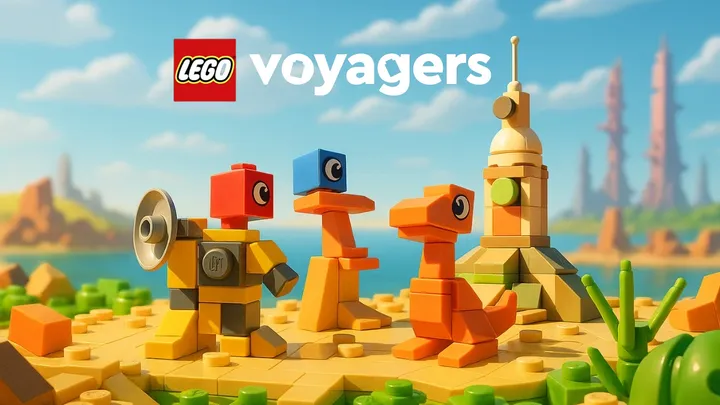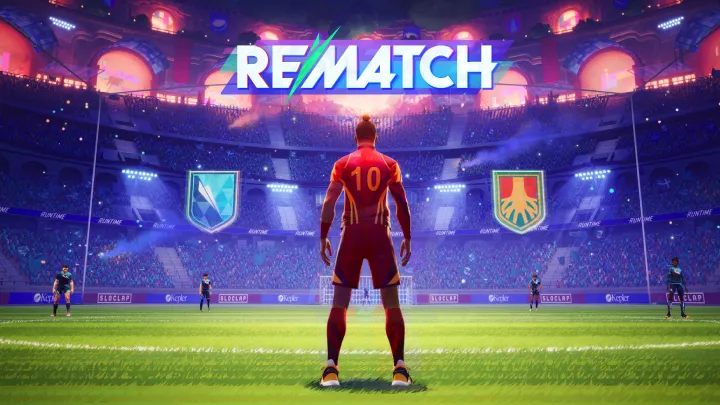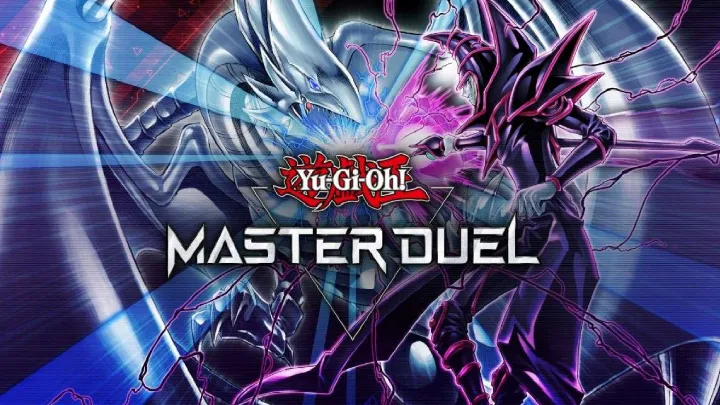Introduction
Following the chilling events of Chapter 2: Fly in a Web, Poppy Playtime – Chapter 3: Deep Sleep pushes players deeper into the nightmare of Playtime Co. The factory grows darker, the story becomes more sinister, and new horrors stalk every step. MOB Games has clearly listened to community feedback, refining gameplay and atmosphere while introducing one of the franchise’s most disturbing new antagonists yet: CatNap.
But does Chapter 3 truly elevate the Poppy Playtime experience, or does it get lost in its own shadow? Let’s dive in.
Story & Lore Development
The third chapter significantly deepens the overarching mystery of Playtime Co.
- CatNap as the Main Villain – A haunting toy-creature that blends innocence with malice, embodying nightmare fuel.
- Narrative Expansion – The lore surrounding the orphan project becomes central, revealing disturbing truths about children used in toy experiments.
- Poppy’s Role – The doll becomes a more complex character, blurring the line between ally and manipulator.
This chapter shifts the narrative tone from mysterious to outright tragic and horrifying.
Gameplay Evolution
Chapter 3 makes meaningful gameplay improvements over its predecessors.
- GrabPack Refinements – New mechanics and smoother interactions create more fluid puzzle-solving.
- Puzzle Balance – More variety in challenges, with a stronger mix of action, stealth, and problem-solving.
- Horror Integration – Puzzles are more seamlessly tied into the horror scenarios, reducing “stop-and-think” pacing breaks.
For many players, this balance makes Chapter 3 feel more engaging and less fragmented than Chapter 2.
Horror & Atmosphere
If Chapter 2 was eerie, Chapter 3 is terrifying.
- CatNap Encounters – His presence is relentless, unpredictable, and psychologically disturbing.
- Dreamlike Setting – The “Deep Sleep” theme creates surreal, almost nightmarish environments that feel more abstract and unsettling.
- Sound & Music – Whispered voices, distorted lullabies, and chilling audio cues make this chapter the scariest yet.
Technical Performance
MOB Games clearly invested in improving technical polish.
- Better Optimization – Fewer frame drops and smoother gameplay overall.
- Visual Improvements – Lighting, shadows, and animation fidelity are noticeably sharper.
- Minor Bugs – While improved, occasional clipping and AI hiccups remain.
Strengths
- CatNap is a terrifying and memorable new antagonist.
- Storytelling is darker, more emotional, and more engaging.
- Improved balance of puzzles, action, and horror.
- Stronger technical polish than previous chapters.
- Sound and visual design elevate the fear factor.
Weaknesses
- Still relatively short compared to player expectations.
- Some puzzles may feel overly simple for returning players.
- A few technical quirks persist.
- Story remains cryptic, leaving many unresolved mysteries.
- Horror pacing may overwhelm players who prefer lighter tension.
Final Verdict
Poppy Playtime – Chapter 3: Deep Sleep represents a major step forward for the series. With its terrifying antagonist, darker storytelling, and improved technical execution, it stands as the best installment yet. It’s not perfect — still short, still mysterious — but for fans of horror, this chapter is essential.
